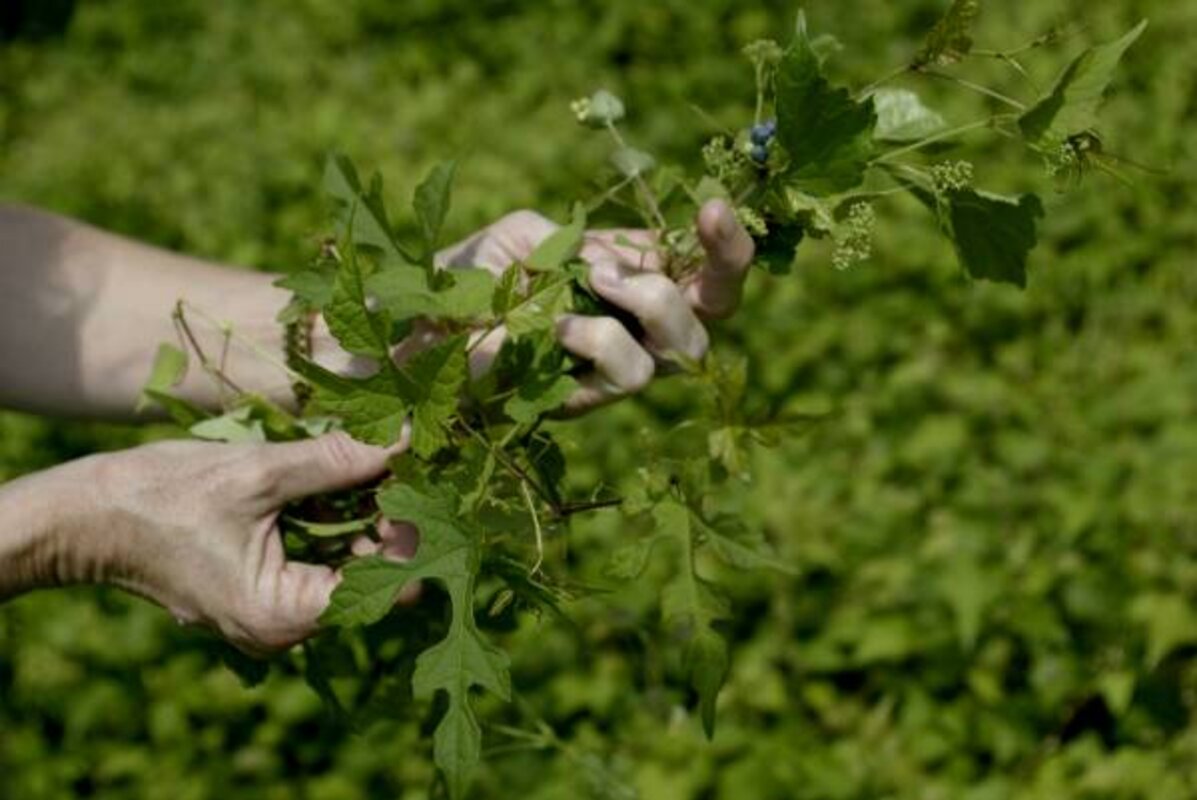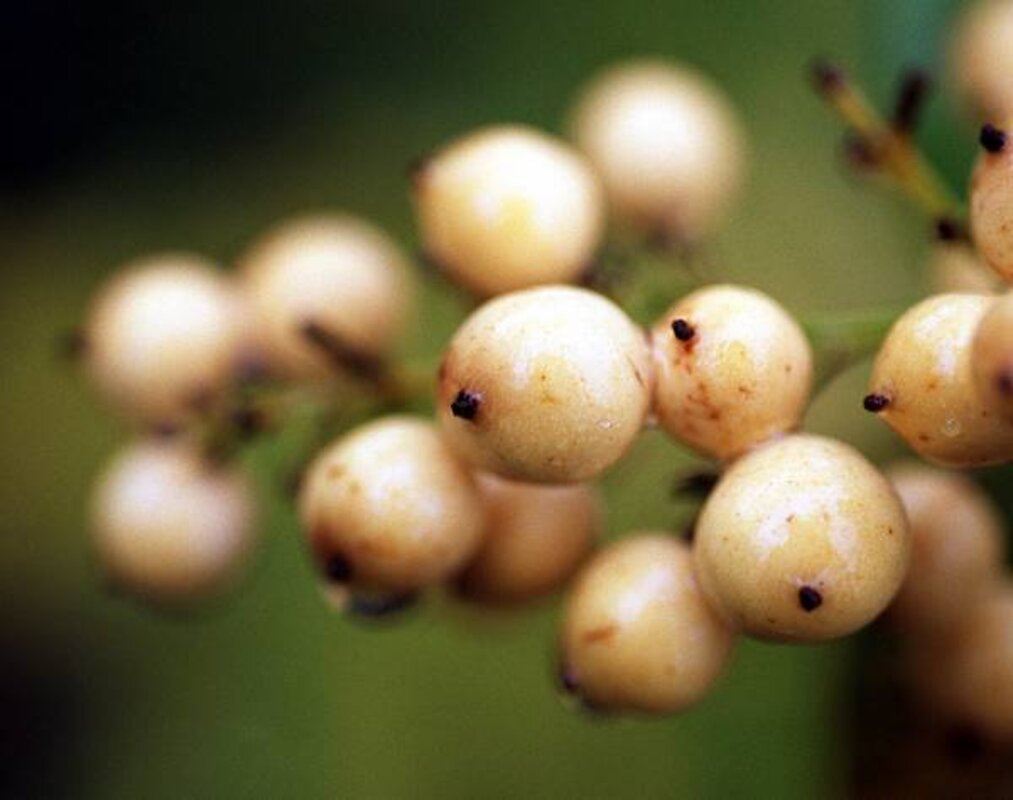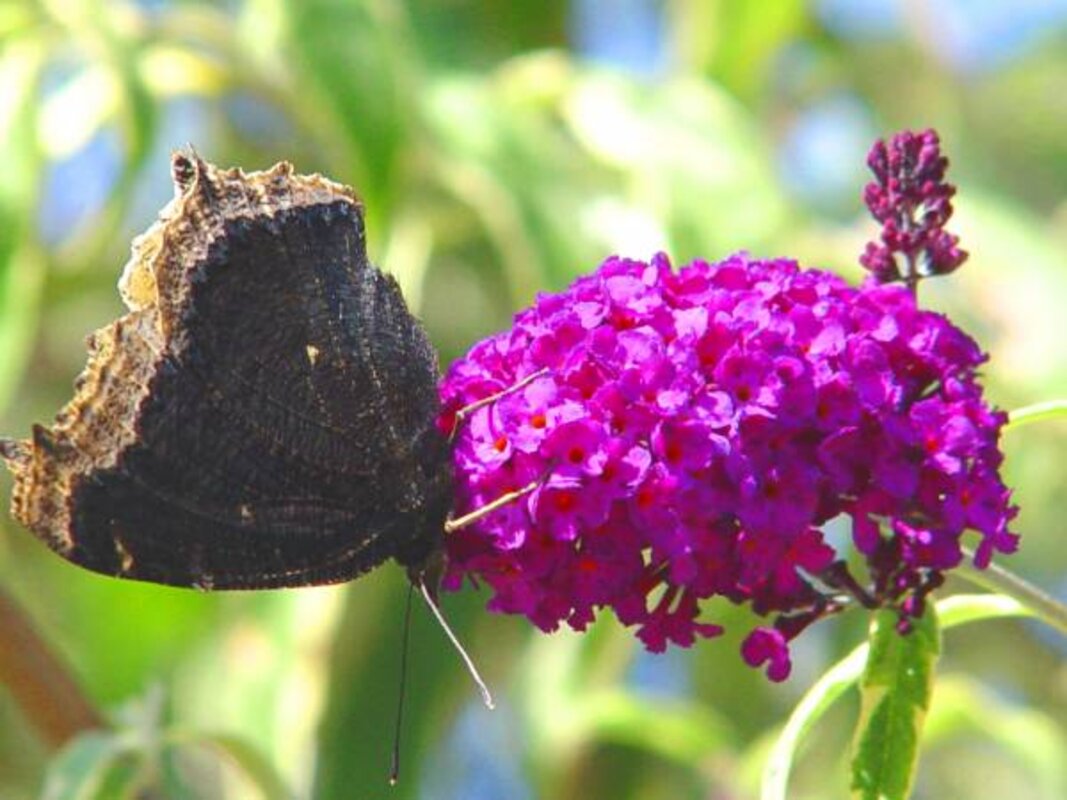One person's garden thug is another's favorite plant
Loading...
Every once in a while I see a book or magazine extol the virtues of a plant that I have come to despise and can’t understand how they can be so irresponsible.
‚Äď Take ‚ÄėHerman‚Äôs Pride‚Äô. I‚Äôve seen articles in national gardening magazines about how wonderful this plant is ‚Äď how it makes a nice clump ‚Äď how the shiny leaves provide a bright spot. It took over my neighbor‚Äôs woods ‚Ķ wall-to-wall! That was here in Virginia. Perhaps in Spokane or Calgary or Montpelier it forms a nice shiny clump.
‚Äď Take ‚Äď the beautiful porcelain berry. I see it in nurseries, catalogs, books on lovely vines, and magazines. The birds like those beautiful turquoise berries, too, and once they go through the digestive track of the birds, they are distributed far and wide. The tough little bayberry trees on the shore of the Atlantic in Virginia are now covered (and struggling) under the drapery of these light-robbing vines that provide yet more berries for more birds to poop over the land.
‚Äď is no longer part of my planting palette. In Northern states with earlier autumn frosts, the seed does not ripen and spread. Here in Virginia, you can see clumps of miscanthus along the road, behind the guard rails, and in other unintended spaces. It seems to like damp areas when it germinates so it may also be that the plant behaves in the western states.
On a trip to North Carolina 25 years ago, I noticed that y (Mahonia spp.) had naturalized in the wooded areas. In my part of Virginia, it hasn’t done that yet but I can see the possibilities ahead. We already see Nandina domestica seeding around lightly. And, of course, butterfly bushes are seeding, but not too heavily.
Plant thugs often favor the conditions in one particular area or climate. They may like or dislike moist ground, or long growing seasons, or other site-relative conditions. What is well behaved and charming in the cold-winter regions can be a rampager elsewhere. The gardener needs to maintain clear vision to avoid the thugs in his or her own region. I think that comes with the territory.
Donna Williamson is a master gardener, garden designer, and garden coach. She has taught gardening and design classes at the State Arboretum of Virginia, Oatlands in Leesburg, and Shenandoah University. She‚Äôs also the founder and editor of Grandiflora Mid-Atlantic Gardening magazine, and the author of ‚ÄúThe Virginia Gardener‚Äôs Companion: An Insider‚Äôs Guide to Low Maintenance Gardening in Virginia.‚ÄĚ She lives in the Shenandoah Valley of Virginia.
Editor’s note: To read more by Donna, see our blog archive. The Monitor’s main gardening page offers articles on many gardening topics. See also our . You may want to visit . Take part in and get answers to your gardening questions. If you join the group (it’s free), you can upload your garden photos and enter our next contest.






